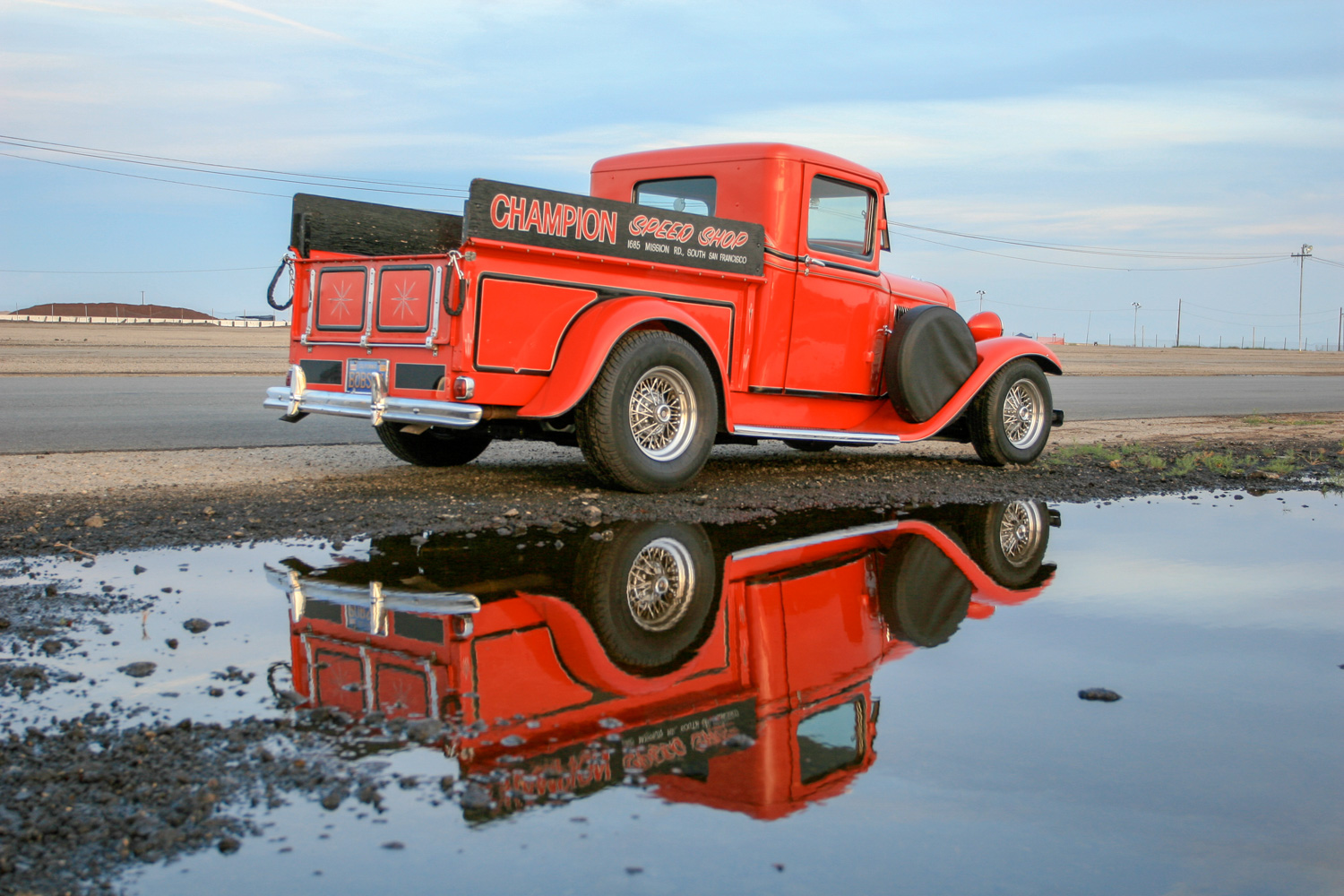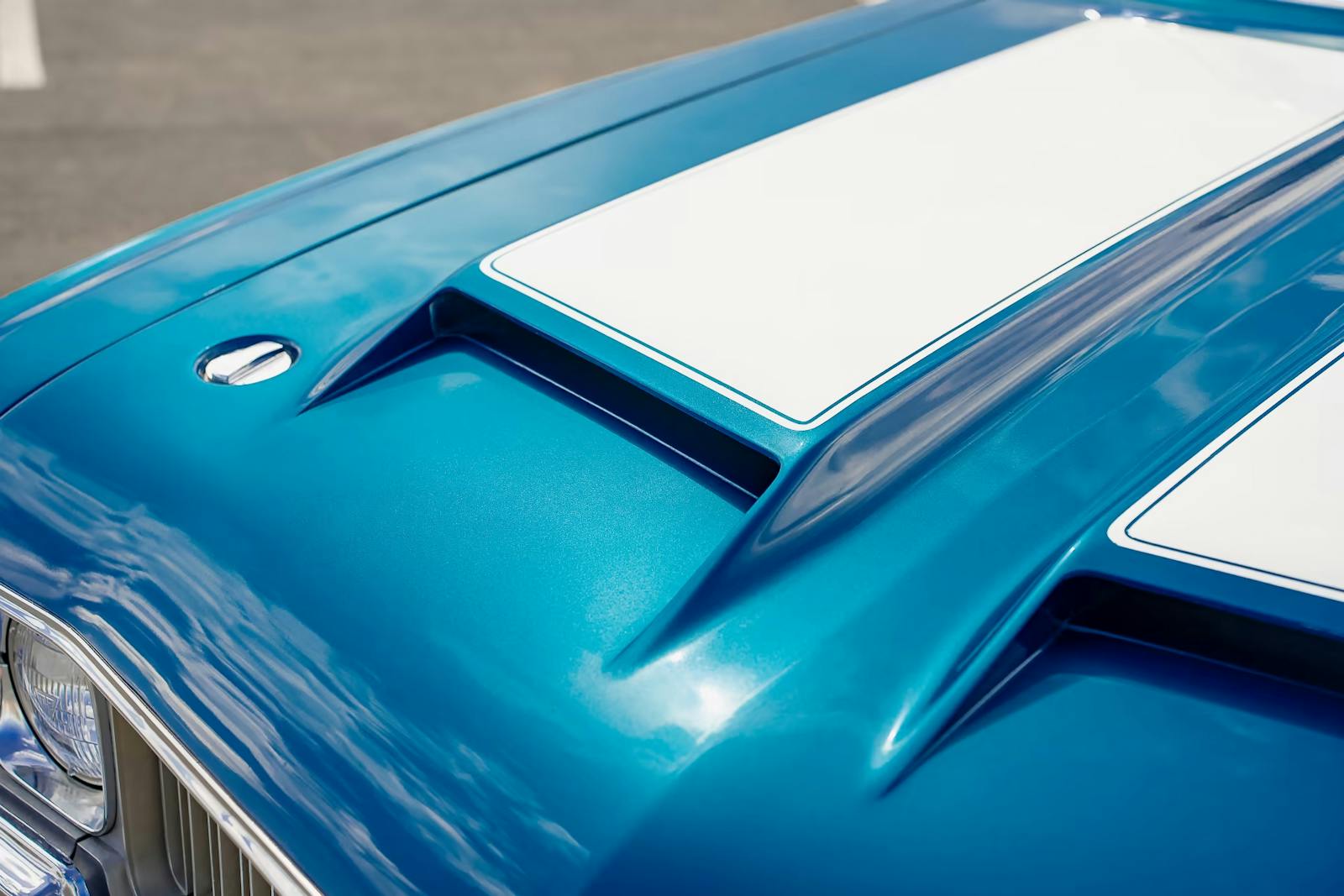Media | Articles
5 hot rodding traditions that started in the junkyard
Early hot rodders drove straight through convention with an innovative eye on quicker and faster machines. Performance hop ups that were once considered blasphemous, dangerous or downright crazy are now seen as traditional by hot-rodders, customizers, and like-minded high-performance hooligans. Some of these hop ups, parts swaps, and modifications became so popular that the aftermarket tooled up to make brand new equivalents and reproductions after the original supply of donor cars and engines dried up. To paraphrase something Ed “The Camfather” Iskenderian said one afternoon at the Fabulous Burger down the street from Isky Cams world headquarters, the junkyard is the place to get good ideas. Here are a few of them.
Ford Flathead V-8

Compact, powerful, and lightweight, the Ford Flathead V-8 introduced affordable and dependable 8-cylinder performance to the masses with its monobloc cylinder banks, 90-degree crankshaft, forged steel connecting rods, full pressure oil system, and 3-point rubber isolated mounting. Over 20 years of production put the Flathead at the nexus of hot rod hop ups.It also gave rise to an aftermarket performance industry, including overhead valve conversions like the Zora Arkus-Duntov designed Ardun hemispherical cylinder heads that solved Flathead valve-in-block limitations. The production single downdraft carburetor and removable intake manifold opened the window to multiple carburetor setups. Nothing says traditional hot rod like a duo, trio, or sextet of Strombergs on a Ford Flathead. These mighty mills are still powering rods and customs of every stripe after getting pulled, built, and rebuilt and installed in something new.
Roots Blower

Even with multiple carburetors an engine can only pull in so much air. Enter the Roots blower. Supercharging was previously reserved for discerning drivers behind the wheel of blower Bentleys, Duesenbergs, or expensive conversions until one Barney Navarro picked up a war-surplus GMC diesel landing craft engine and realized the potential of its Roots-type supercharger. Navarro fabbed up a blower and manifold setup for a gas V-8 and created the archetypal hot setup. What was originally designed to loaf along on a diesel at 2500 or so RPM was soon fitted with overdrives, mechanical fuel injection, and bolted on top of 10,000-plus RPM hemi V-8 Chryslers huffing nitromethane (and possibly hydrazine) down the drag strips of America. A roots blower through the hood is the universal symbol of over-the-top horsepower. Modern iterations of screw-type superchargers help production cars like the Dodge Hellcat crank out 700-plus horsepower on pump gas right off the showroom floor, no hydrazine required.
Marketplace
Buy and sell classics with confidence
Buick Finned Brakes:

All the additional horsepower has hot rods moving right along when someone figured a brake upgrade was in order and established the 1957-64 Buick finned brake drum swap. Full-size Buick brakes not only worked great on stripped-down hot rods but looked bitchin. Aluminum drums with integrated cooling fins and a cast iron brake shoe lining were designed to keep brakes cooler for improved stopping power. As the original junkyard-sourced factory stocks dwindled ,the aftermarket tooled and produced reproductions for like-new performance and traditional hot rod style. The Buick finned brake setup has evolved over the decades and today’s aftermarket offers any number of variants of the original, ranging from faithful reproductions to a disc brake setups cleverly concealed inside an outer dummy finned drum cover.
Jaguar Rear, Pinto Front

Even with improved braking, the solid front and rear axle Ford suspension setup produced white knuckle high-speed travel on uneven road surfaces. Stuffing in a suspension from a car that did handle seemed like a decent idea, so Jaguar independent rear suspensions found their way into hot rods and customs. Dana 44 center sections made for plenty of gear ratio choices and u-joint half-shafts could be shortened or lengthened with relative ease. Inboard disc brakes helped scrub off velocity and quad coilovers were twice as good. Another unlikely suspension swap was a result of historically high 1970s fuel prices and newfound demand for small economical cars such as the Ford Pinto. The oft-maligned but hot selling Pinto and Mustang II gave up their rack and pinion double a-arm front suspensions for countless hot rods and ultimately supplied the hot rod and custom scene with an versatile independent front suspension that cruised through the swinging ’70s into ongoing aftermarket production.
Small Block Chevy

The overhead-valve small block Chevrolet V-8 permanently altered the high-performance landscape in 1955 with help from a direct connection to Ford Flathead hot rod history. In 1953 during his early days at Chevrolet R&D, Ardun overhead valve conversion creator Zora Arkus-Duntov penned a memo manifesto that foretold small block Chevrolet V-8 dominance of the collective hot rod hop up continuum. Thoughts Pertaining to Youth, Hot Rodders, and Chevrolet stressed the importance of breaking into the then Ford-centric hot rod realm with the new Chevrolet V-8 and making factory performance parts available to racers and hot rodders alike. Well over 100 million small block Chevrolet V-8 engines later, the mighty mouse and its LS descendants have been swapped into everything from ’34 Ford pickups to Mazda RX-7 drift cars.
Whether future hot rodders look at Chevrolet LS-powered Mazda mashups as traditional 80 years from now is uncertain, though dogmatic hot rod traditionalists that adhere to fixed rules might remember that those rules were created by breaking others.









